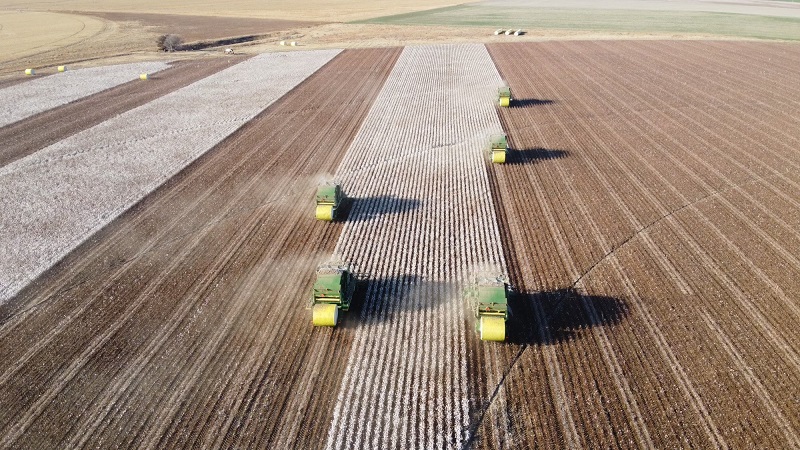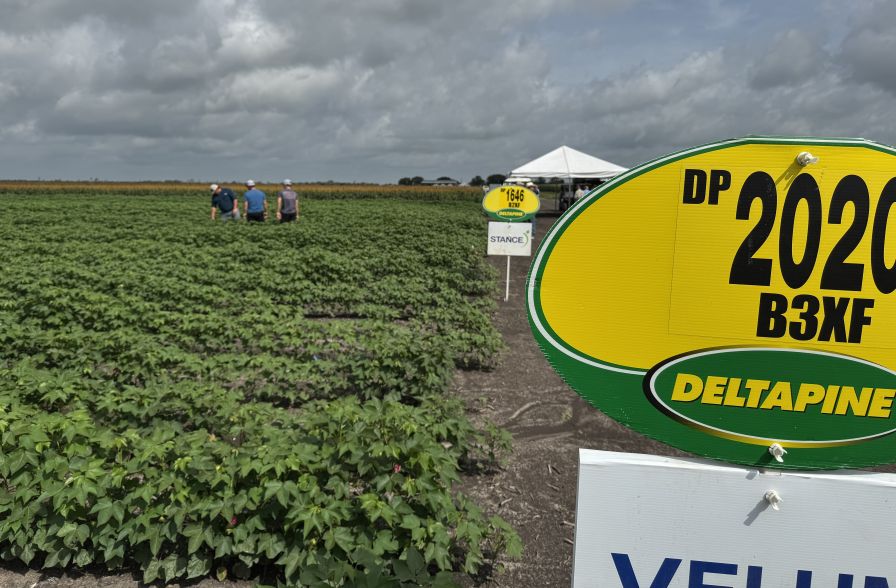Rising Carryover Coming; Be Prepared for Loan Marketing
The cotton roller coaster continues.
The market was down all week, corrected and moved high on Thursday, then gave up most of those gains and finally finished the week near the midpoint of the trading range – just about where the week’s trading began. All the time, the two-month long trading range continues.
The tight four-cent, 57- 60 cent trading range provides price support or price resistance, respectively, and keeps the trading range in place. Prices pulled double duty on Thursday in trying to take the market above 60.25 and claim a bullish price breakout. However, the attempt failed, and Friday’s action was a giveback day as prices lost Thursday’s momentum and fell back to the midpoint of the trading range.
Going into the September 12 supply demand report, look for the trading range to hold. The market worked hard to establish the current 10-day and 20-day ranges and most likely is not prepared to easily give up the respective trading range. (Note: the report will be discussed on the Ag Market Network on Friday, September 13 at 7:30 am Central time. Click here for details.)
Net export sales continued as a drag on the market as, in the face of low prices, sales of both upland and Pima cotton lagged on the week. Net sales of upland were only 162,800 bales, while Pima sales totaled just 900 bales. 2020-21 sales of upland were 198,200 bales, and Mexico purchased 180,000 of those. Major buyers of 2019-20 crop were Vietnam, Mexico, Korea, Pakistan and Thailand. With the demise of the Chinese spinning industry, as it is increasingly being moved to other countries, these five countries along with Malaysia, Indonesia, Turkey and Bangladesh will tend to be the major buyers of U.S. cotton going forward.
U.S. cotton cronies are in agreement that Hurricane Dorian skipped most of the U.S. cotton Belt. Certainly very small portions of the Carolinas and Virginia did receive too much water. However, it is believed that yield loss was not meaningful, and that production loss was only very, very minor.
We must be prepared for U.S. carryover stocks to build significantly during the 2019-2020 marketing season. USDA currently expects those stocks to climb to 7.2 million bales. However, we are very cautious that such stocks are building to near 8.5 million bales. This suggests that growers will have to market out of the loan for much of the year. As has been suggested, be prepared to be forced to market out of the CCC loan.
Give a gift of cotton today.









